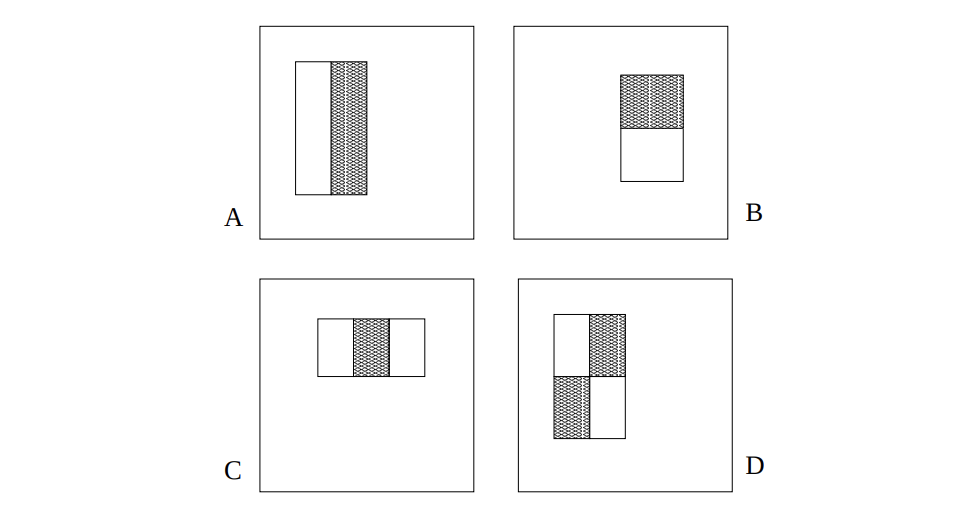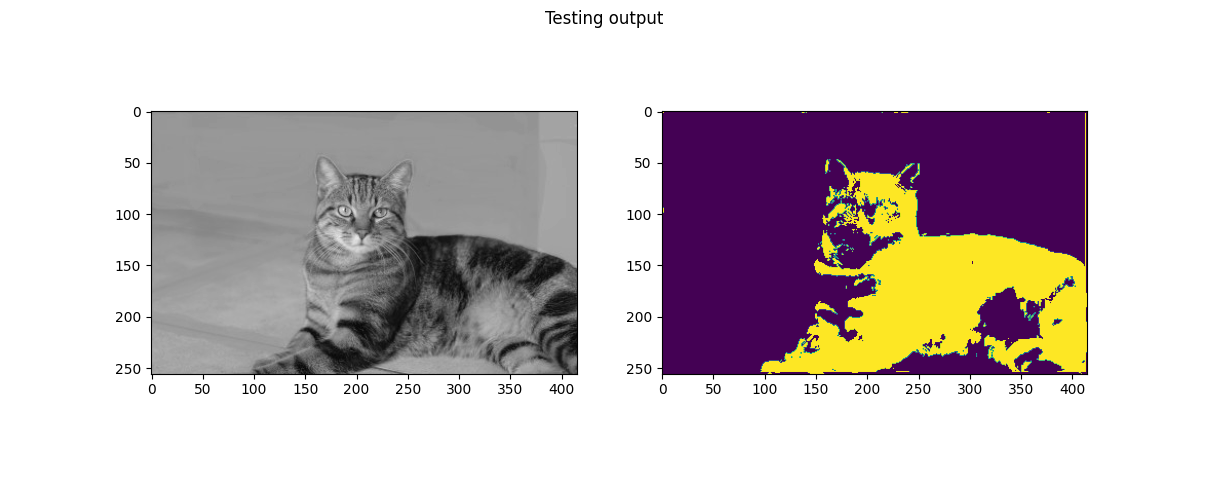Efficient implementation of Haar-like features using Convolution
This repository implements Haar-Like features using convolutions in PyTorch.
Within the repository, implementation is provided for the following:
-
2D Haar-Like features for Grayscale images following method from: Viola, Paul, and Michael Jones. "Rapid object detection using a boosted cascade of simple features." Proceedings of the 2001 IEEE computer society conference on computer vision and pattern recognition. CVPR 2001. Vol. 1. Ieee, 2001.

-
3D Haar-Like features for 3D image data, e.g. medical images, following method from: Jung, Florian, Matthias Kirschner, and Stefan Wesarg. "A generic approach to organ detection using 3d haar-like features." Bildverarbeitung für die Medizin 2013. Springer, Berlin, Heidelberg, 2013. 320-325.

Both 2D and 3D versions of Haar-Like features have been implemented using convolutions in PyTorch and hence can be embedded into a given network where hand-crafted Haar-Like features are needed.
Reference code from https://github.com/rohitghosh/3DViolaJones helped us in initial understanding of Haar-Like features, which led to our implementation using PyTorch, where a few more features were added for 3d Haar-Like case.
Installation
This package can be installed as:
pip install torchhaarfeatures
or
pip install git+https://github.com/masadcv/PyTorchHaarFeatures
Examples
Usage examples are provided in example python files within the repository.
A simple example (example.py) usage following a PyTorch usage format:
import torchhaarfeatures
import torch
haarfeat3d = torchhaarfeatures.HaarFeatures3d(kernel_size=(9, 9, 9), stride=1)
output_haar3d = haarfeat3d(torch.rand(size=(1, 1, 128, 128, 128)))
print(output_haar3d.shape)
haarfeat2d = torchhaarfeatures.HaarFeatures2d(kernel_size=(9, 9), stride=1)
output_haar2d = haarfeat2d(torch.rand(size=(1, 1, 128, 128)))
print(output_haar2d.shape)
More advanced usage embedded Haar-Like layers (example2d_learning.py) are feature extractor:
class MyCatSegnentorHaarlike(nn.Module):
def __init__(
self,
kernel_size=6,
hidden_layers=[32, 16],
num_classes=2,
haar_padding="same",
):
super().__init__()
self.haarfeatureextactor = torchhaarfeatures.HaarFeatures2d(
kernel_size=kernel_size,
padding=haar_padding,
stride=1,
padding_mode="zeros",
)
in_channels_current_layer = self.haarfeatureextactor.out_channels
self.classifier = []
for hlayer in hidden_layers:
self.classifier.append(
nn.Sequential(
*[
nn.Conv2d(
in_channels=in_channels_current_layer,
out_channels=hlayer,
kernel_size=1,
stride=1,
padding="same",
),
nn.ReLU(),
nn.Dropout2d(p=0.3),
]
)
)
in_channels_current_layer = hlayer
# add final layer
self.classifier.append(
nn.Conv2d(
in_channels=in_channels_current_layer,
out_channels=num_classes,
kernel_size=1,
stride=1,
)
)
self.classifier = nn.Sequential(*self.classifier)
def forward(self, x):
x = self.haarfeatureextactor(x)
x = self.classifier(x)
return x
Citation
If you use our code, please consider citing our paper:
Asad, Muhammad, Lucas Fidon, and Tom Vercauteren.
"ECONet: Efficient Convolutional Online Likelihood Network for Scribble-based Interactive Segmentation."
arXiv preprint arXiv:2201.04584 (2022).
